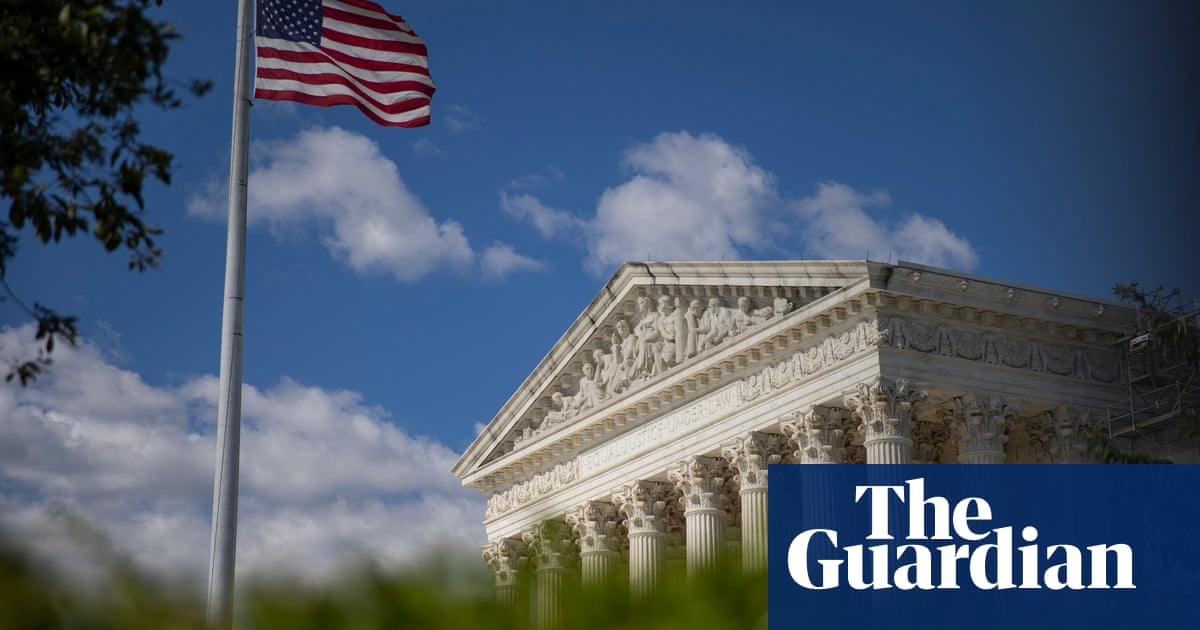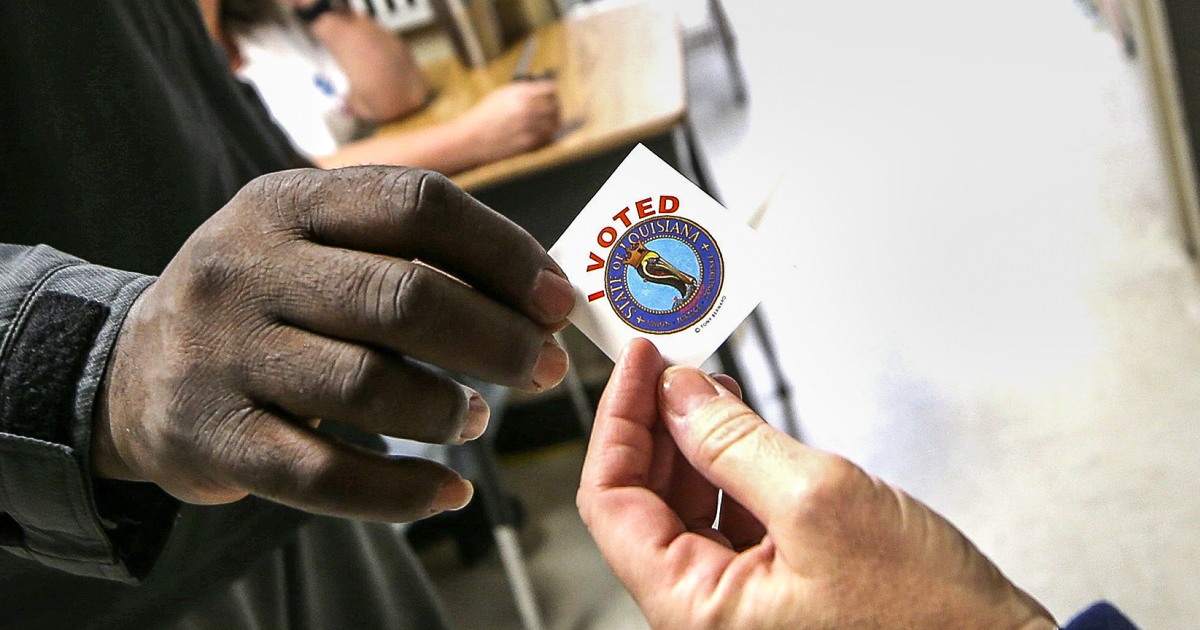Supreme Court Considers Racial Gerrymandering in Louisiana's Congressional Map Case
The Supreme Court is reviewing Louisiana's congressional map, which features two majority-Black districts. The ruling may significantly affect the 2026 midterm elections.
Overview
The Supreme Court is deliberating on whether Louisiana's congressional map, which includes two majority-Black districts, is constitutional or amounts to racial gerrymandering. The map was formed in response to previous court rulings that found a single majority-Black district violated the Voting Rights Act by disenfranchising minority voters. The court's ruling could impact the balance of power in Congress ahead of the 2026 midterms, with significant implications for the Republican majority. Justices have expressed skepticism about the necessity of a second majority-Black district and the role of race in redistricting, potentially reshaping future Apportionment rules nationwide.
Report issue

Read both sides in 5 minutes each day
Analysis
- The Supreme Court is addressing Louisiana's congressional map, balancing civil rights concerns and constitutional mandates regarding race in districting, particularly as it relates to the Voting Rights Act and equal protection clauses.
- Louisiana's map currently includes two majority Black districts, arising from a legal battle over compliance with the Voting Rights Act versus the 14th Amendment's equal protection clause, which continues to be contested in court.
- The state is advocating for a resolution that limits the judiciary's role in redistricting due to the ongoing complexities and financial burdens imposed by frequent litigation.
Articles (7)
Center (3)
FAQ
The case began when Louisiana adopted a congressional map with only one majority-Black district in 2022, despite the Black population making up about a third of the state. Challenges led to a federal court ruling that this map violated Section 2 of the Voting Rights Act, prompting the creation of a new map with two majority-Black districts.
The Supreme Court's ruling could set a precedent for other states trying to balance compliance with the Voting Rights Act and avoid allegations of racial gerrymandering. It may clarify how much emphasis states can legally place on race when redrawing electoral districts.
The Supreme Court's decision could impact the balance of power in Congress by affecting the number of majority-Black districts and potentially influencing the outcomes of elections in Louisiana. This could have broader implications if similar redistricting challenges arise in other states.
The justices' views on racial gerrymandering could significantly impact the case. Some justices have expressed skepticism about whether the creation of a second majority-Black district is necessary and whether race was the primary factor in drawing the map. Their concerns may influence the court's determination on whether the map constitutes an unconstitutional racial gerrymander.
History
- 8M

 3 articles
3 articles






